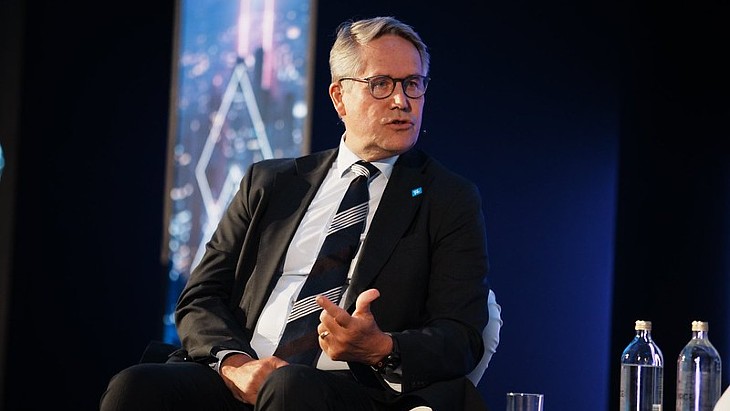Following approval by the Ministry of Economic Development and the Ministry of the Environment and Protection of the Territory and the Sea, Societa Gestione Impianti Nucleari SpA (Sogin) - the Italian state-owned company responsible for dismantling the country's nuclear power plants - published on 5 January the National Charter of Potentially Suitable Areas (CNAPI) to host the national radioactive waste store and a technological park. It also released all the documents related to the project.
The planned surface-level waste store and technology park will be built in an area of about 150 hectares, of which 110 are dedicated to the repository and 40 to the park. The store will have the capacity to hold about 78,000 cubic metres of very low and low-level radioactive waste, as well as about 17,000 cubic metres of intermediate and high-level waste, pending the availability of a deep geological repository suitable for its disposal. The technology park will be a research centre, open to international cooperation, where activities in the energy, waste management and sustainable development fields can be carried out.
The opening plenary session of the National Seminar, during which the technical aspects of the CNAPI and of the national repository project will be discussed in depth, was opened by Vannia Gava, Undersecretary of State at the Ministry of Ecological Transition and by Sogin CEO Emanuele Fontani. The session ended with a live response to 14 questions collected on the subject during the meeting.
"The localisation process of the national repository must take place with the utmost transparency and completeness of information towards citizens, clearly explaining the reasons why Italy, like other countries affected by the same problems, must take charge of the safe management of its radioactive waste," Gava said. "Therefore, the location of the national repository will arise only from a wide participatory procedure, which includes the concerted evaluation of every radiological, territorial and environmental element, useful for optimally selecting the site."
Fontani added: "Today represents a part of the first public consultation that takes place in Italy on an infrastructural project of national significance, which will allow the country to close its nuclear cycle and to optimise the management of radioactive waste, including the waste produced every day in nuclear medicine, industry and scientific research, in a sustainable and safe way."
The National Seminar will consist of nine meetings, broadcast online. In addition to the opening and closing plenary sessions, seven sessions are scheduled, a national one and six dedicated to the potentially suitable areas belonging to the regions involved: Piedmont, Tuscany, Lazio, Puglia, Basilicata, Sardinia and Sicily. The National Seminar will end on 15 December with the publication of the overall report of the sessions, which will end on 24 November.
After the publication of the documents, a second phase of the public consultation will start, lasting 30 days, during which further observations and technical proposals, in view of the preparation and publication of CNAPI, may be sent. At the end of this phase, the regions and local authorities may express their non-binding statements of interest to further investigate the subject.
Italy's radioactive waste is currently stored in about 20 temporary sites, which are not suitable for final disposal. In addition to waste generated through the operation and decommissioning of its fuel cycle facilities and nuclear power plants, it includes radioactive wastes from medical, industrial and research activities.

.jpg)



_33584.jpg)
_82983.jpg)
_49382.jpg)
_34792.jpg)





